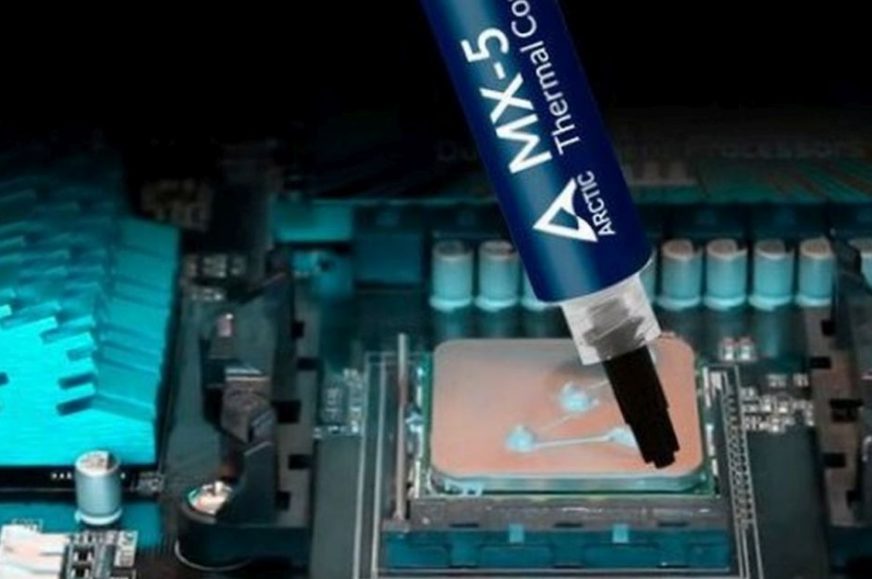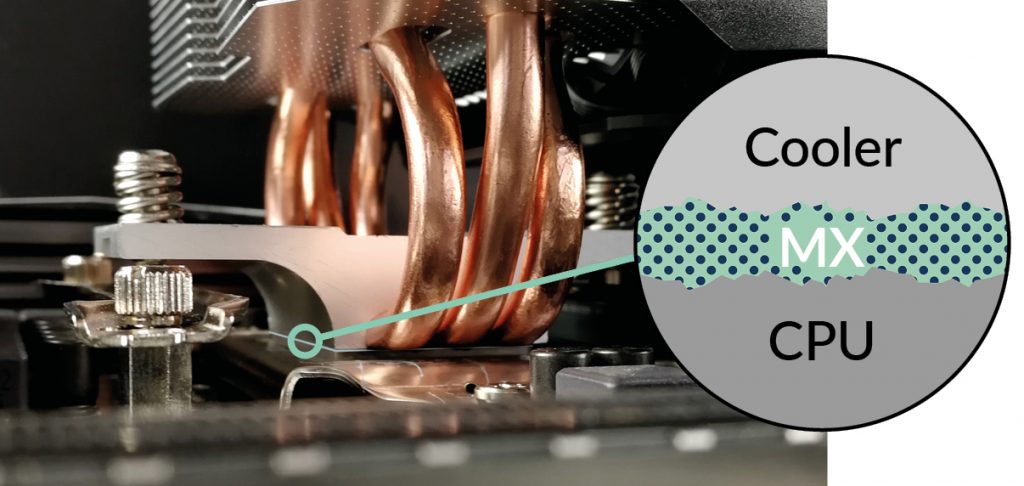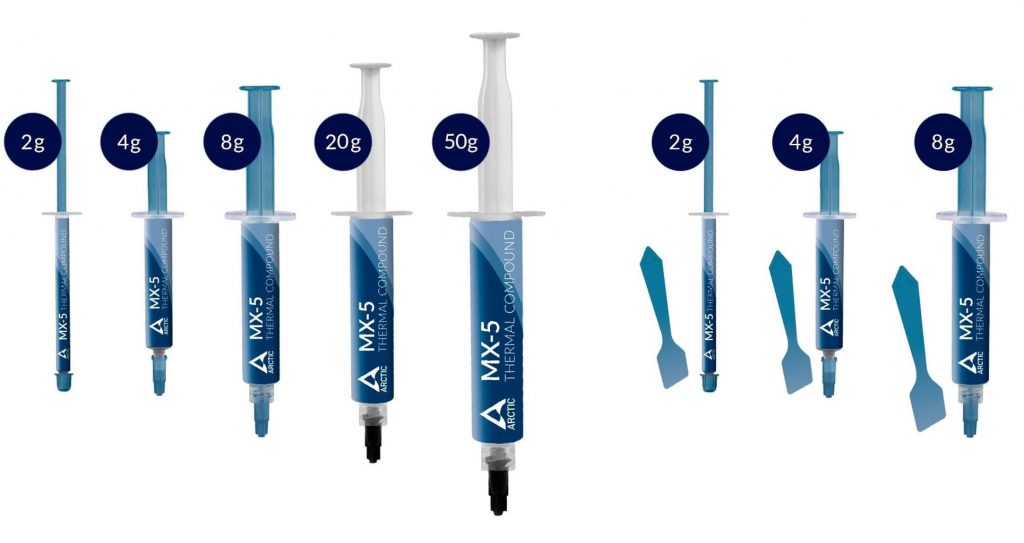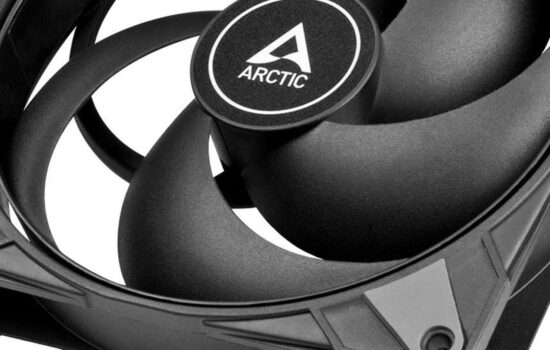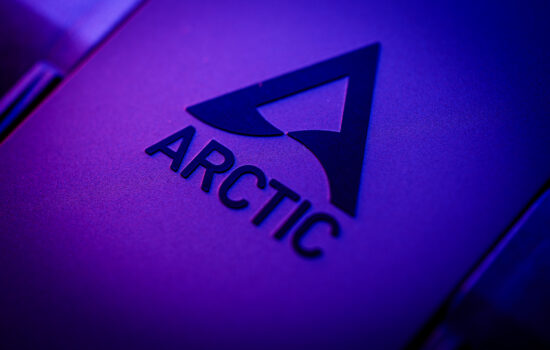A new thermal paste Arctic MX-5: Low viscosity and prices a bit higher than for the MX-2
As of March 15, various size tubes of the new MX-5 thermal paste are in stock on Amazon. Arctic thus managed to start the sale on the day they announced in January, when no specifications were yet known. These are already quite detailed and include commonly unspecified specs of electrical insulation. However, something feels fishy here as the basic information about thermal conductivity is missing for some reason.
Thermal pastes are among the most successful Arctic products, especially within the MX series. This is also evidenced by the company’s sales statistics so it is quite natural that we also saw a new model, which is the MX-5. In many ways, it is supposed to be a different paste than the most popular MX-2, which within its price category gave great results in our tests, as well.
The list of specifications is relatively complex and it can be seen, for example, that the MX-5 will have a relatively high viscosity, with 550 poise will be significantly more fluid than its predecessors, which ranged (850–875 poise). The density of the material with 3.2 g/cm³ remained high. For comparison, the MX-2 has a reported 3.96 g/cm³ and the MX-4 only 2.5 g/cm³.
Resistance to extremely low and high temperatures should also be decent. Arctic further specifies the operating range to between -40 and +180 ℃. Within this range, there should be no significant deterioration in thermal conductivity.
Also noteworthy are the specifications of dielectric strength (1.9 × 10^13 Ω-cm) and the breakdown voltage (250 V/mm), which are not usually mentioned with other thermal pastes. This is also because mentioning it in the context of computers is not that important. These specifications are more useful for the field of structural electronics and speak of good electrical insulation even with thin layers. One thing is, of course, that the MX-5 is electrically non-conductive, free of metal particles, and the other thing is that it is able to insulate two otherwise eclectically conductive components apart.
It is quite strange what details Arctic features, and yet you will not find any mention of thermal conductivity anywhere. This fundamental specification is missing. And even more mysterious is that the manufacturer also removed this detail for older MX pastes. The question is why? Now, this will be pure speculation on our part, but maybe Arctic wanted to avoid a direct table confrontation with, for example, the MX-2 in order to artificially increase the attractiveness of the new paste. The MX-5 won’t most probably have significantly higher thermal conductivity than older pastes. Interestingly, Arctic stated 5.6 W/mK for the MX-2 in the past.
If the thermal conductivity were similar to that of the MX-2, it would not be good marketing, as it was detrimental for the sales of the MX-3 or MX-4. This could be the real reason why Arctic has discarded thermal conductivity data from specifications. Again, however, it should be noted that this is only speculation and there may be a better reason for not including the basic specification.
The Arctic MX-5 is available in various sizes from 2 to 50 g. You’ll get the best volume to price ratio with the largest (for 37.70 EUR), which is typically appropriate for service technicians.
Smaller tubes are available on Amazon for 20 (20 g), 10 (8 g), 5.80 (4 g) and 4.90 (2 g) EUR. Compared to the MX-2, the MX-5 with the same volume is approximately 30% more expensive. For a symbolic 10-cent surcharge, you can also get a two-, four- and eight-gram pack with a spatula to spread the paste. However, readers of HWCooling know very well, no need to bother spreading the paste (Spreading a thermal paste: how to and how much?). 🙂





